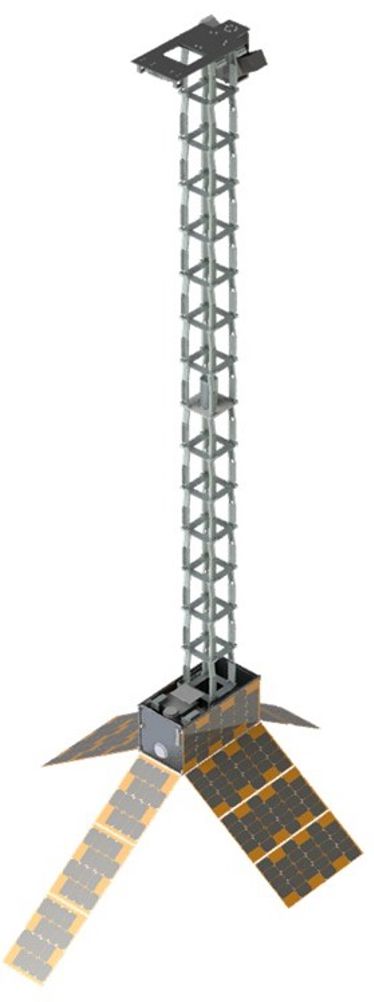The NanoMagSat Scout satellites will orbit Earth at an altitude of 545km, with two satellites positioned at a 60° inclination and one in a prograde polar orbit. Each satellite will carry a miniaturised absolute magnetometer at the end of a boom and a high-frequency magnetometer half-way along the boom for magnetic measurements, a Langmuir probe to measure electron temperature and density, and two GNSS receivers. The first satellite is scheduled to launch in late 2027.
Related content
NanoMagSat will aim to improve understanding of the dynamics of the magnetic field and the role of the Sun in the coupled atmospheric–ionospheric–magnetospheric system. Data collected by the mission will be used for applications including space weather hazard assessments, precise navigation, directional drilling and informing the World Magnetic Model.
"NanoMagSat is an exemplary addition to the Scout program, blending innovation, efficiency, and scientific excellence,” said Simonetta Cheli, ESA director of Earth Observation Programs.
“This mission reinforces Europe’s leadership in Earth observation and fosters impactful collaborations across industry and research institutions."

Open Cosmos in the UK and Spain are the Prime Contractors for the mission. The NanoMagSat consortium also includes COMET-Aerospace in Spain, CEA-Léti in France, the Technical University of Denmark, the University of Oslo in Norway, the Institut de Physique du Globe de Paris and the Université Paris Cité in France.
"This mission demonstrates how small satellites can deliver impactful science, advancing our understanding of Earth’s magnetic field and ionospheric environment,” said Rafel Jorda, CEO and founder at Open Cosmos.
“By miniaturising advanced instruments and employing innovative approaches, we are not only pushing the boundaries of what small satellites can achieve, but also delivering impactful solutions for understanding Earth's magnetic field and its many applications.”










Emergency law passed to protect UK steelmaking
<b>(:-))</b> Gareth Stace as director general of trade body UK Steel, is obviously an expert on blast furnace technology & operation. Gareth...